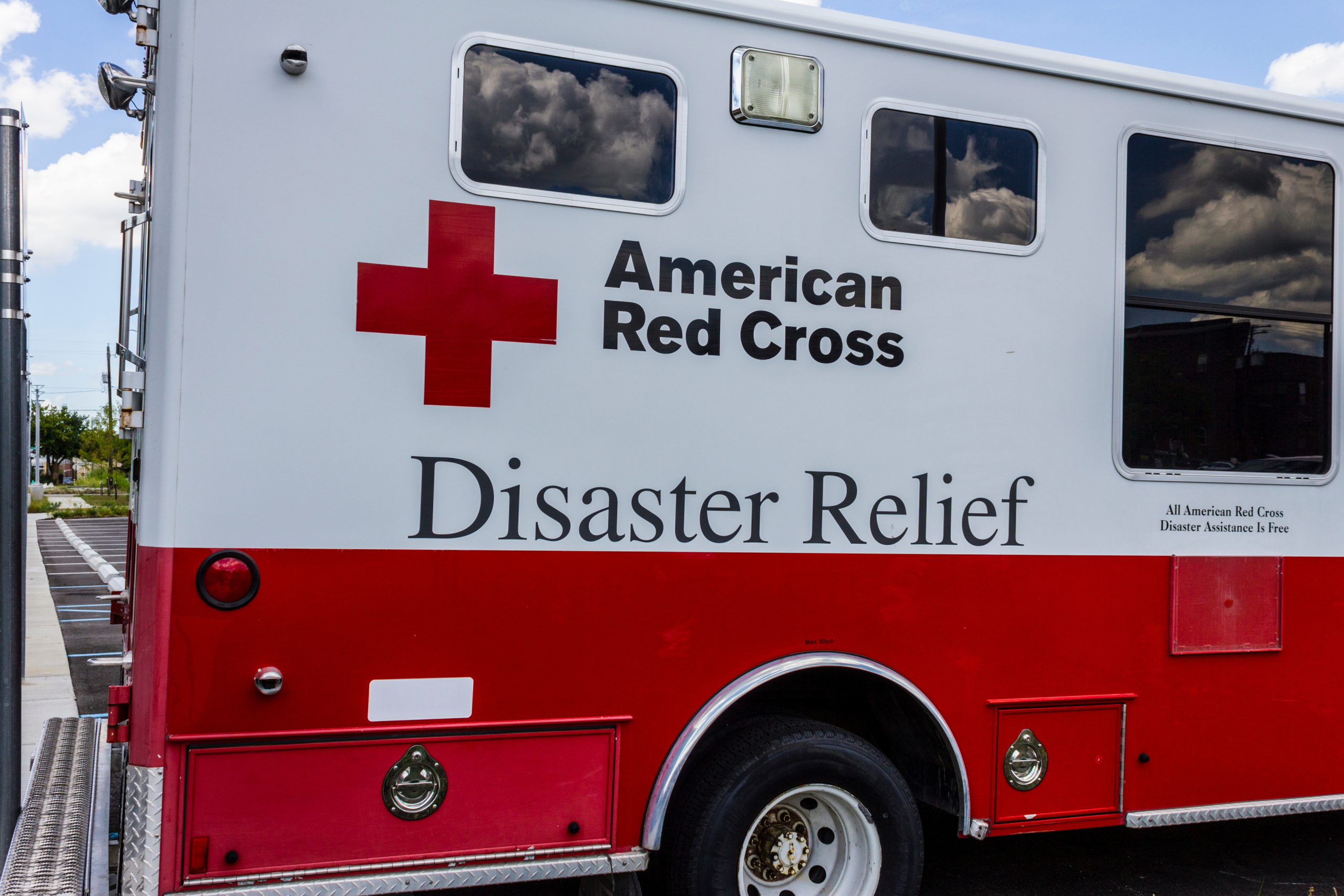As a medical professional, have you ever wondered why we have to do a CPR refresher class every two years? It seems like you just took the class, and now it’s time to do it again. While in the class, you might even be thinking “this is the exact same information from two years ago”. Well, there is a reason for that. Most companies or states will require you to take an American Heart Association, AHA, CPR class. That is because the AHA has been the gold standard for providing imperative cardiac related information for nearly a century.
Even though the AHA does not release new CPR guidelines every year, they are always doing research, to finetune what works, what doesn’t work, and what we can do differently, in an attempt to save lives. And there have been times that they have encountered important information, that needs to be disseminated right away, and not wait for the next five year cycle. With things like Hands Only CPR – no longer given rescue breaths, or new devices such as LVADs, LMAs or iGels, Narcan, etc., we need to be kept up to date on things that could help us save more patient’s lives.
In the year 2000, the AHA issued “New Guidelines Set for Healthcare Professionals: Get With The Guidelines launches to help healthcare providers consistently treat patients with proven standards and procedures by using quality-improvement measures” (AHA, 2023). With this new goal, they want to ensure that all healthcare professionals: EMTs, paramedics, doctors, nurses, and more, are capable of recognizing and treating cardiac and stroke related illnesses.
The American Heart Association, has been doing extensive research ever since 1925, in an attempt to save lives, related to heart disease. They have since extended their focus, not just from heart disease, but also to strokes, and even drownings. Their current goal is “Building healthier lives, free of cardiovascular diseases and stroke” (AHA, 2023).
Because of funding from the AHA: Dr. Paul Zoll was able to create the first ever automated external defibrillator (AED), in 1956. In 1957, the first implanted pacemaker was successfully created. The AHA lead the way for heart valve replacements, teaching CPR to people other than just doctors, microsurgery became possible to operate on the heart and brain, and ventricular assist devices have also become common place. (AHA, 2023).
Thanks to the research and funding to and from the AHA, we all know that smoking causes heart disease, which is why pro-smoking commercials are banned from being aired on TV. We also know that there is a very powerful link between heart health and brain health, which are significantly impacted by our diet and level of activity. After nearly 100 years, the AHA is continuing to do extensive research, in an attempt to make us as heart healthy as possible, and train us medical professionals in how to treat cardiac and brain dysfunctions.
Their research is always continuing, so their guidelines will always be changing. Something that appeared to best for our patients 10 years ago, is no longer utilized, or maybe something we learned 20 years ago is still in effect today. Most of our protocols, are going to mirror recommendations by the AHA, because they want what is best for our patients, so they want us to provide the best possible care, with the most up to date information. That is why we are back in those classrooms, talking about CPR every two years.
References:
AHA. (2023). History of the American Heart Association – Our Lifesaving History. American Heart Association. https://www.heart.org/en/about-us/history-of-the-american-heart-association

